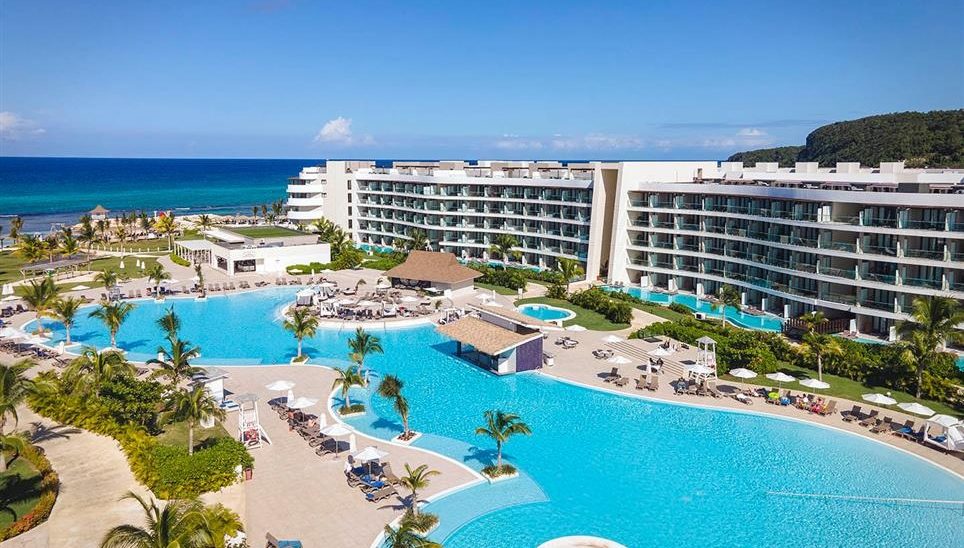
Live in history: Europe’s most legendary castles and palace hotels
Live in History: Europe’s Most Legendary Castles and Palace Hotels
Introduction
Europe’s landscape is dotted with magnificent castles and palaces that have witnessed centuries of history. Today, many of these architectural marvels have been transformed into luxurious hotels, offering travelers the unique opportunity to sleep within ancient stone walls while enjoying modern comforts. From Ireland’s rugged coasts to Germany’s fairy-tale forests, these castle hotels preserve their regal heritage while providing unforgettable hospitality experiences.
1. Ashford Castle (Ireland)
Historical Significance
Dating back to 1228, this 800-year-old fortress on the shores of Lough Corrib served as the Guinness family estate before becoming Ireland’s first luxury castle hotel.
Unique Features:
- 350-acre estate with falconry school and private cinema
- Presidential Suite in the original Norman Keep
- Michelin-starred George V Dining Room
2. Château de Bagnols (France)
Historical Significance
Built in 1217 as a defensive fortress in France’s Beaujolais region, this castle survived the Hundred Years’ War and French Revolution.
Unique Features:
- Original 13th-century frescoes in some suites
- Working vineyard producing estate wines
- Heated infinity pool with castle views
3. Dromoland Castle (Ireland)
Historical Significance
Former seat of the O’Brien clan (descendants of Brian Boru, High King of Ireland), this 16th-century castle became a hotel in 1962.
Unique Features:
- 450-acre estate with golf course designed by J.B. McGovern
- Traditional afternoon tea in the Gallery
- Hawk Walk experience with resident falconer
4. Schloss Fuschl (Austria)
Historical Significance
This 15th-century hunting castle on Lake Fuschl served as the summer residence of Salzburg’s archbishops.
Unique Features:
- Private lakeside beach with boat rentals
- Spa using Alpine herbs and salt from nearby Hallein
- Original Renaissance arcades and vaulted ceilings
5. Hotel Palacio de los Duques Gran Meliá (Spain)
Historical Significance
Built in the 15th century for the Dukes of Granada, this Segovia palace combines Gothic and Renaissance architecture.
Unique Features:
- Rooms with original coffered ceilings
- “RedLevel” butler service
- Views of Segovia’s Roman aqueduct
6. Amberley Castle (England)
Historical Significance
This 900-year-old West Sussex fortress with working portcullis hosted Henry VIII and Elizabeth I.
Unique Features:
- Private dining in the 12th-century wine cellar
- Croquet on the castle lawns
- Archery lessons with medieval-style bows
7. Burg Wernberg (Germany)
Historical Significance
This 12th-century Bavarian castle was rebuilt in Renaissance style after the Thirty Years’ War.
Unique Features:
- Knight’s Hall banquet room with original armor
- Forest bathing experiences in castle woods
- Glass-blowing workshops in the former chapel
Conclusion
These legendary European castle hotels offer more than luxurious accommodations – they provide portals to the past. Whether you’re sleeping in a tower room where nobles once dwelled, dining in halls that hosted royalty, or walking through gardens cultivated for centuries, these properties make history tangible. Modern travelers can now experience the grandeur once reserved for monarchs, creating memories that will last lifetimes.




